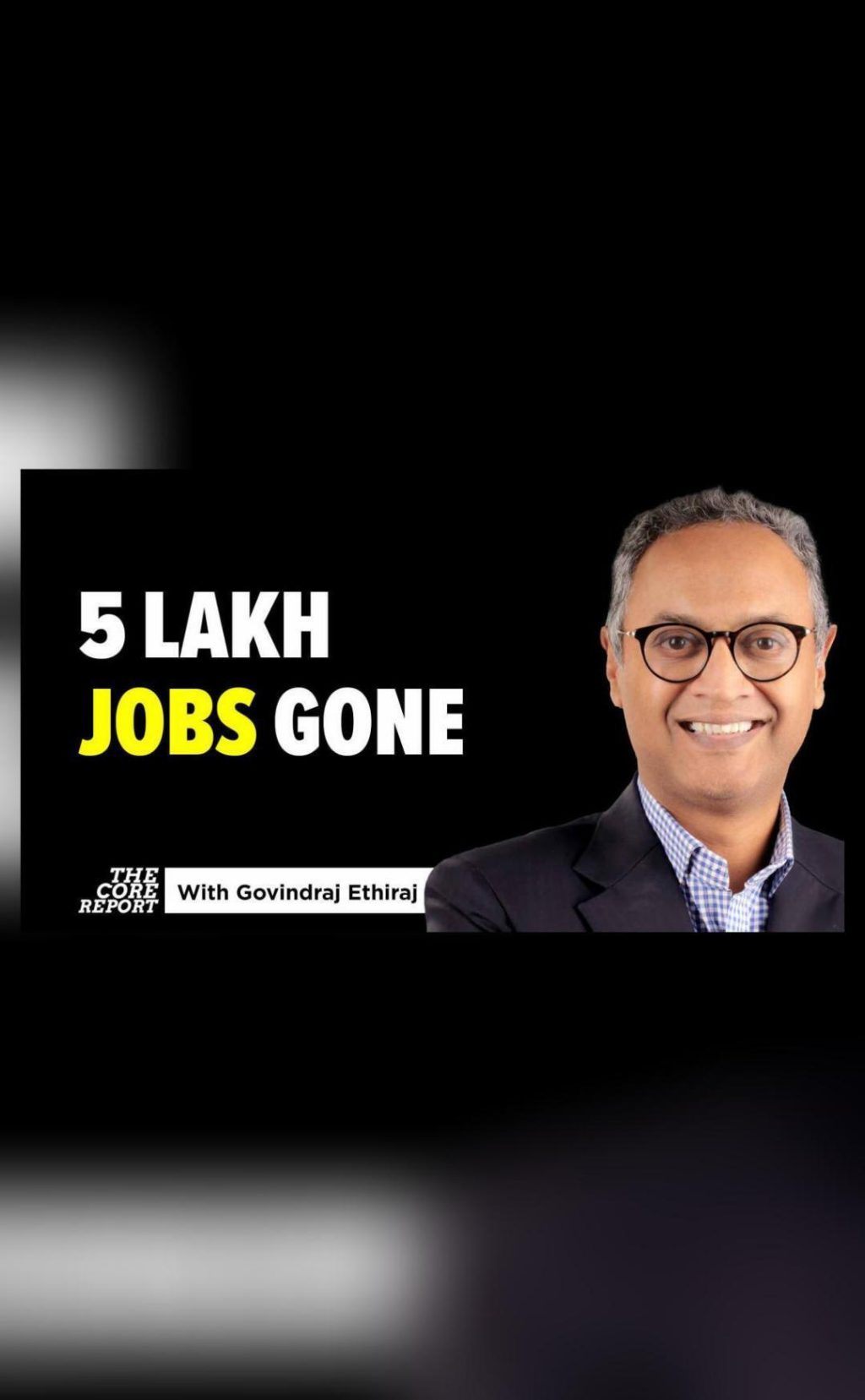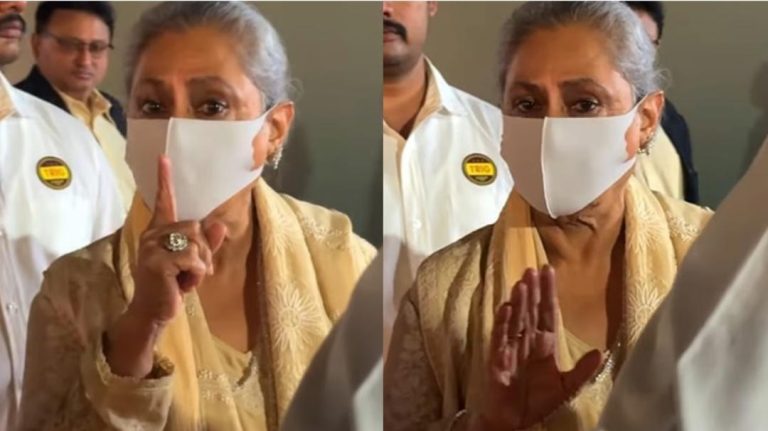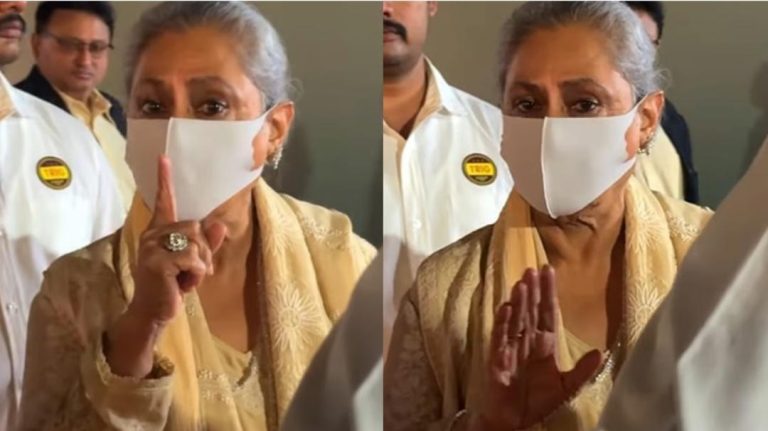
Cable TV Loses 5 Lakh Jobs as Digital Platforms Take Over
The Indian pay TV sector has been facing a significant crisis in recent years, with a staggering loss of over 5 lakh jobs in just seven years. This drastic decline is attributed to the sharp drop in subscribers, driven by the rise of over-the-top (OTT) platforms, smart TVs, and free satellite services. The consequences of this decline are far-reaching, with revenue plummeting by 16% since 2019. This sector’s downfall serves as a stark reminder of the urgent need for workforce upskilling and adapting to the evolving post-linear media landscape.
The Indian pay TV sector, which was once a thriving industry, has been struggling to cope with the rapid shift towards digital platforms. The decline in subscribers has been attributed to several factors, including the increasing popularity of OTT platforms such as Netflix, Amazon Prime, and Hotstar. These platforms offer a vast array of content, including original programming, movies, and TV shows, at affordable prices. This has led to a significant decline in the demand for traditional cable TV services.
Another factor contributing to the decline of cable TV is the rise of smart TVs. With the increasing adoption of smart TVs, consumers can now access a wide range of content, including streaming services, without the need for a separate set-top box. This has reduced the need for cable TV services, leading to a sharp decline in subscribers.
Free satellite services have also played a significant role in the decline of cable TV. Many consumers are opting for free satellite services, such as DTH (Direct-to-Home) services, which offer a similar range of channels at a lower cost. This has further reduced the demand for cable TV services, leading to a significant decline in subscribers.
The impact of this decline on the workforce is significant. With a loss of over 5 lakh jobs in just seven years, the Indian pay TV sector is facing an unprecedented crisis. Many workers who were previously employed in the sector are now struggling to find new employment opportunities. The sector’s decline is a stark reminder of the urgent need for workforce upskilling and adapting to the evolving post-linear media landscape.
The Indian government has been taking steps to address the crisis in the pay TV sector. In 2019, the government introduced the New Tariff Order (NTO), which aimed to regulate the pricing of TV channels and ensure that consumers received better value for their money. The NTO also aimed to promote the growth of the pay TV sector by providing a level playing field for all players.
However, despite these efforts, the pay TV sector continues to decline. The sector’s decline is attributed to the lack of innovation and the failure to adapt to the changing consumer preferences. The sector’s players need to innovate and adapt to the changing consumer preferences if they want to survive in the long run.
In conclusion, the Indian pay TV sector is facing a significant crisis, with a loss of over 5 lakh jobs in just seven years. The decline of cable TV is attributed to the rise of OTT platforms, smart TVs, and free satellite services. The sector’s decline is a stark reminder of the urgent need for workforce upskilling and adapting to the evolving post-linear media landscape. The Indian government needs to take further steps to address the crisis in the pay TV sector and promote the growth of the sector.
Source: https://youtu.be/AMHTmYb_Hz8





